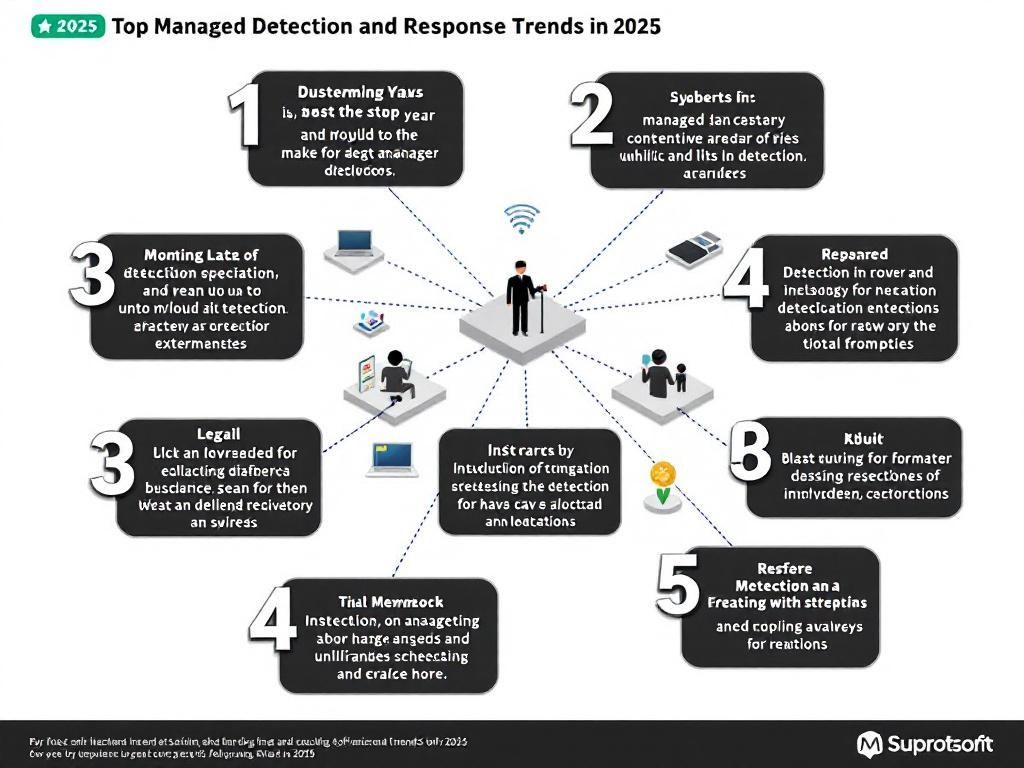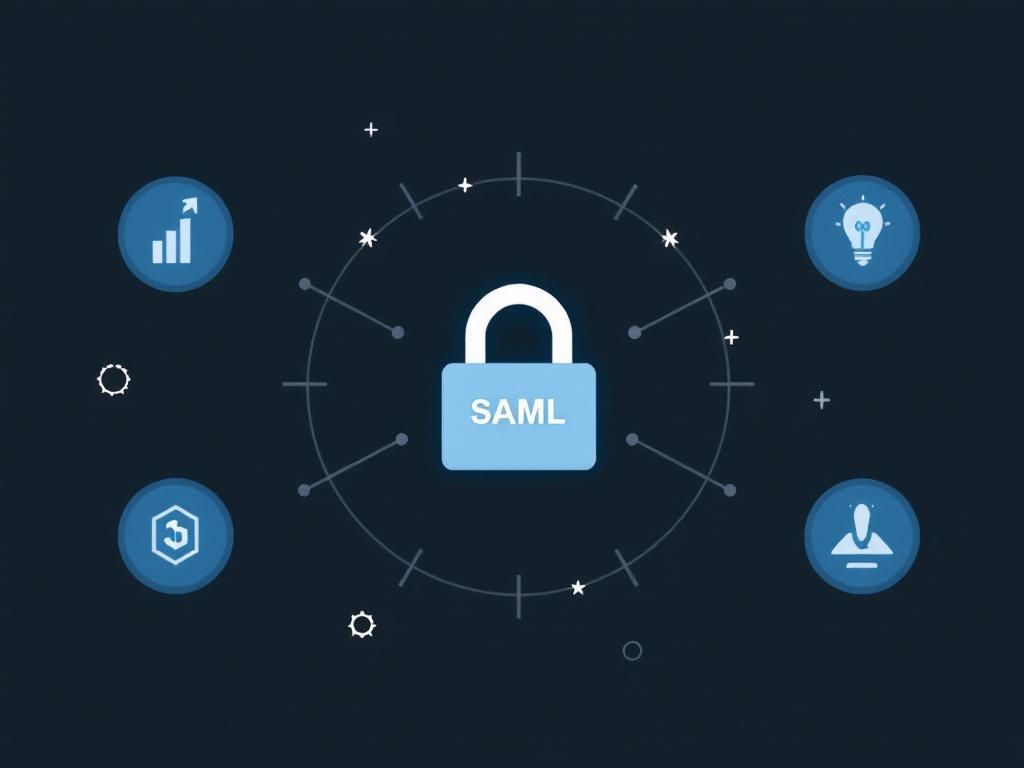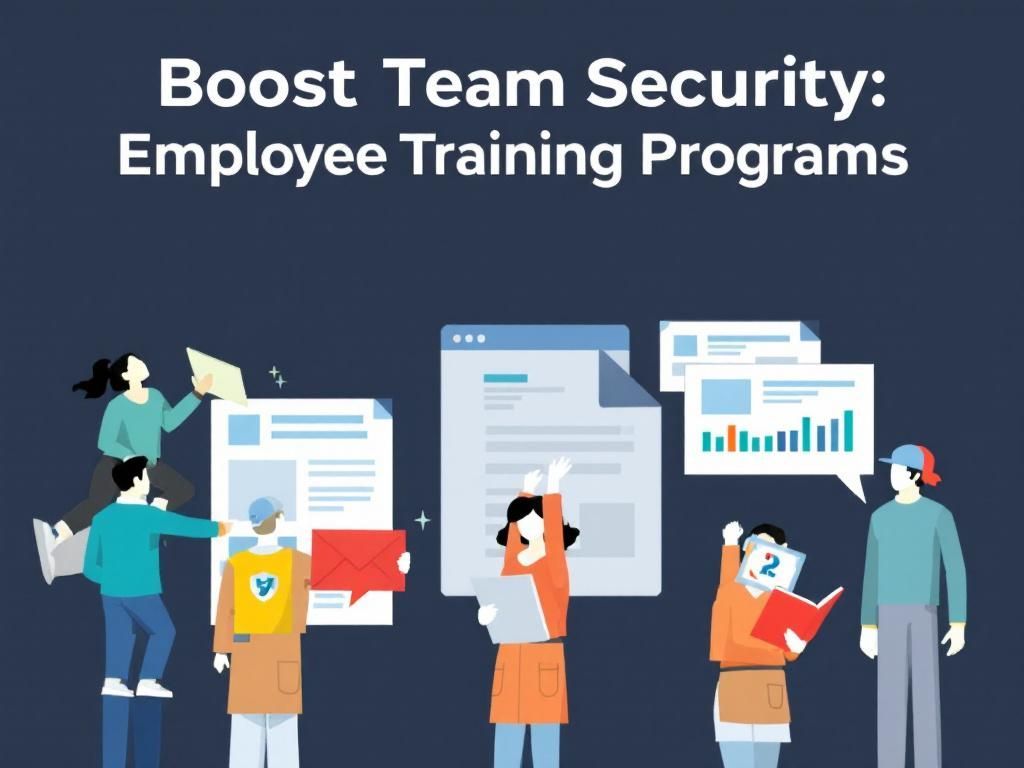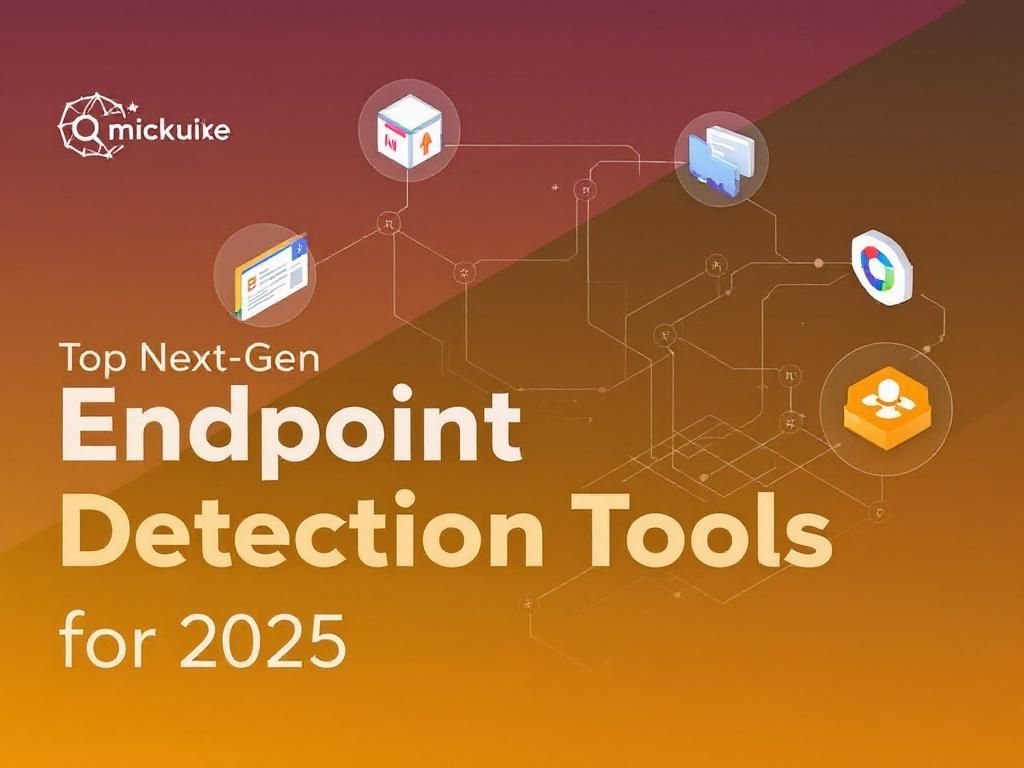Why You Need a Managed SOC for Effective Threat Monitoring
Discover the importance of a Managed SOC in enhancing your threat monitoring capabilities and safeguarding your organization from cyber threats.

In today’s increasingly digital landscape, organizations are more vulnerable than ever to cyber threats. With the rise in sophisticated attacks and the growing number of security incidents, traditional security measures often fall short. This is where a Managed Security Operations Center (SOC) comes into play. By outsourcing threat monitoring to experts, companies can enhance their security posture and ensure a swift response to incidents. In this article, we explore the importance of managed SOCs, how they operate, and the benefits they offer.
Table of Contents
Understanding Managed SOC
A Managed SOC is a centralized unit that deals with security issues on an organizational and technical level. It involves the continuous monitoring and analysis of security systems to mitigate risks. Unlike traditional SOCs, which are often cumbersome and require significant investment in technology and staffing, a managed SOC provides these services as a third-party solution.
Key Components of a Managed SOC
- Threat Detection: Utilizing advanced tools to identify potential threats in real-time.
- Incident Response: Responding to security breaches with established protocols.
- Vulnerability Management: Regularly assessing systems for weaknesses.
- Compliance Monitoring: Ensuring adherence to industry standards and regulations.
- Reporting and Analytics: Providing insights and reports to stakeholders.
The Rising Need for Threat Monitoring
The digital transformation has led to an explosion of new technologies and methodologies, making it essential for enterprises to adopt comprehensive security measures. Here are some reasons why threat monitoring is crucial:
Increasing Cyber Threats
The number of cyberattacks is growing exponentially. According to recent statistics:
- Cybercrime is expected to cost businesses $10.5 trillion annually by 2025.
- Ransomware attacks have increased by 150% in the last year alone.
These statistics highlight the urgency for effective threat monitoring.
Complexity of IT Infrastructure
As organizations adopt cloud computing, IoT devices, and hybrid environments, their IT infrastructure becomes more complex. This complexity makes it difficult to manage security effectively in-house. A managed SOC offers the expertise required to navigate this landscape.
Benefits of Implementing a Managed SOC
The benefits of utilizing a managed SOC for threat monitoring are manifold:
1. Expertise and Experience
Managed SOC providers typically employ a team of seasoned cybersecurity professionals who bring experience from various sectors. They stay updated on the latest threats and trends, ensuring that your organization is protected against emerging risks.
2. Cost-Effectiveness
Building and maintaining an in-house SOC can be expensive. A managed SOC allows companies to access high-quality security services without the overhead costs of hiring full-time staff and investing in infrastructure.
3. 24/7 Monitoring
Cyber threats can strike at any time. Managed SOCs offer round-the-clock monitoring, ensuring that potential threats are detected and addressed promptly, significantly reducing the window of vulnerability.
4. Scalability
As businesses grow, their security needs evolve. Managed SOC providers offer scalable solutions that adjust to the changing requirements of an organization, ensuring continuous protection.
5. Enhanced Incident Response
In the event of a breach, a managed SOC is equipped with pre-defined protocols to respond swiftly. This can significantly reduce the impact of an incident.
How Managed SOC Works
A Managed SOC operates through a structured framework that encompasses various stages:
1. Data Collection
Data from different sources such as firewalls, intrusion detection systems, and endpoints is collected to monitor security events.
2. Monitoring and Analysis
Security analysts continuously monitor and analyze the collected data to identify anomalies and potential threats.
3. Incident Response
Upon detecting a threat, the SOC initiates a response plan that may include containment, eradication, and recovery.
4. Reporting
Regular reports are generated to inform stakeholders about security incidents, trends, and areas for improvement.
Choosing the Right Managed SOC Provider
When selecting a managed SOC provider, consider the following criteria:
1. Reputation and Experience
Look for providers with a proven track record in the industry. Client testimonials and case studies can provide insight into their effectiveness.
2. Technology Stack
Ensure that the provider utilizes advanced security technologies and has a robust infrastructure to support their operations.
3. Customization
Every organization has unique security needs. Choose a provider that offers customizable solutions tailored to your specific requirements.
4. Compliance Knowledge
Your provider should be knowledgeable about relevant regulations and compliance requirements pertinent to your industry.
5. Clear Communication
Effective communication is vital, especially during an incident. Ensure that the provider has clear protocols for relaying information.
Conclusion
In an era where cyber threats are growing in sophistication and frequency, having a Managed SOC for threat monitoring is not just beneficial; it is essential. By leveraging the expertise of specialized professionals, organizations can ensure robust protection against potential threats, enabling them to concentrate on their core business objectives while maintaining a strong security posture.
FAQ
What is a Managed Security Operations Center (SOC)?
A Managed Security Operations Center (SOC) is a centralized unit that deals with security issues on an organizational and technical level, providing continuous monitoring and management of security systems and incidents.
Why is threat monitoring important for organizations?
Threat monitoring is crucial for organizations as it helps detect and respond to security incidents in real-time, minimizing potential damage and ensuring data integrity.
How does a Managed SOC enhance threat detection?
A Managed SOC enhances threat detection by leveraging advanced technologies, skilled analysts, and continuous monitoring to identify and respond to threats more effectively than in-house teams may be able to.
What are the benefits of outsourcing to a Managed SOC?
Outsourcing to a Managed SOC provides organizations with access to expert knowledge, advanced tools, and reduced operational costs, allowing them to focus resources on core business functions.
Can a Managed SOC improve compliance and regulatory requirements?
Yes, a Managed SOC can aid in compliance with various regulations by ensuring that security measures are in place, monitored, and documented, thereby reducing the risk of non-compliance penalties.
How do I choose the right Managed SOC provider?
When choosing a Managed SOC provider, consider their experience, technology stack, response times, support services, and customer reviews to ensure they meet your specific security needs.








